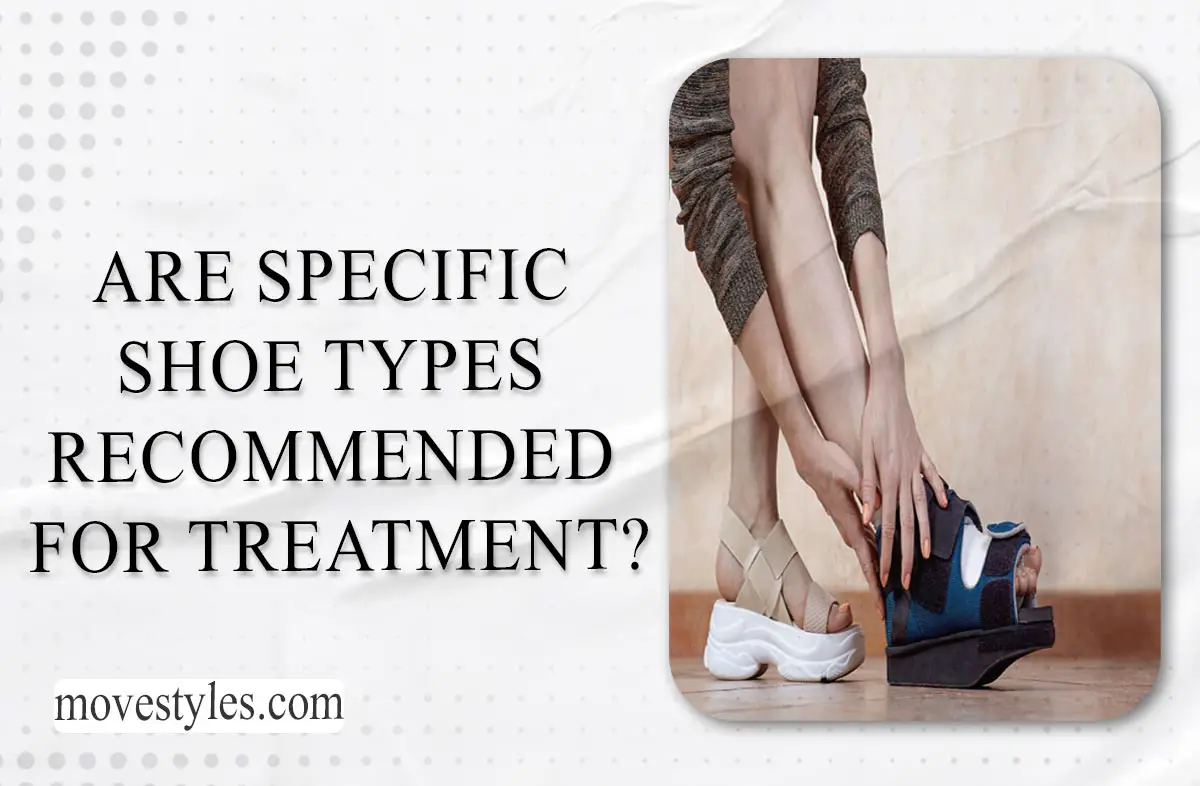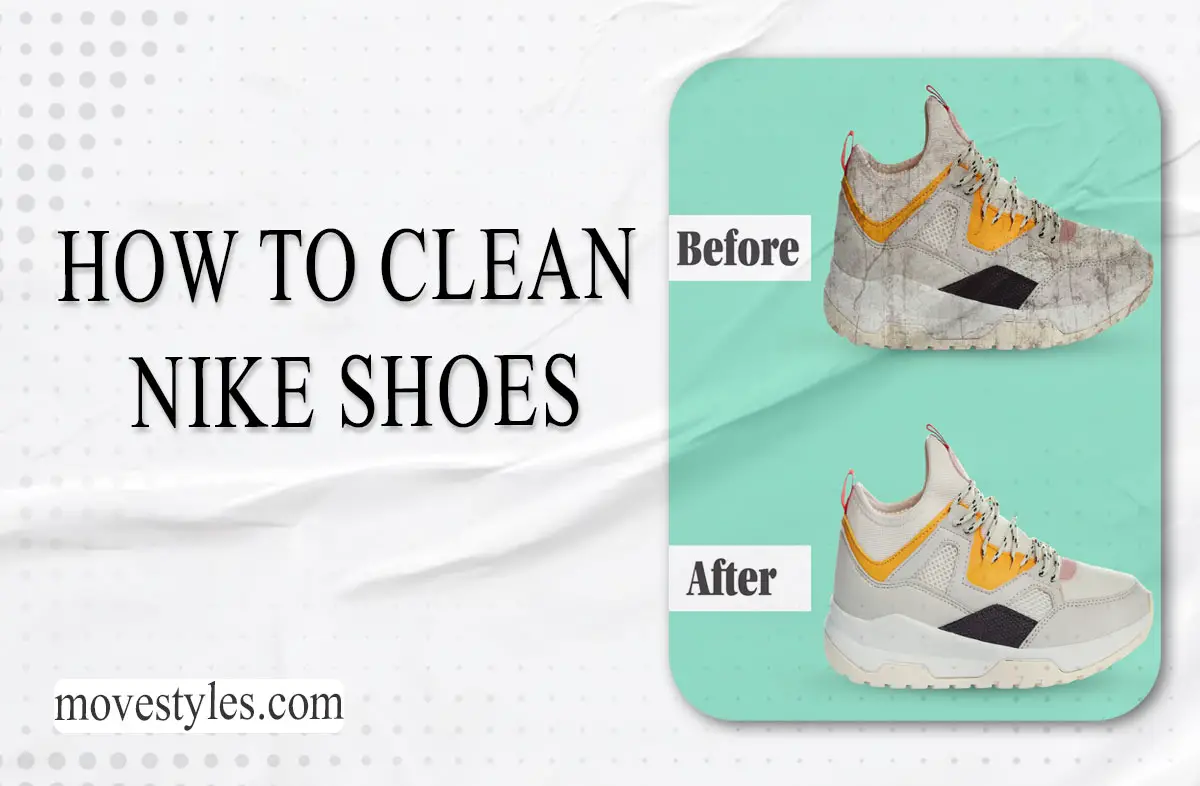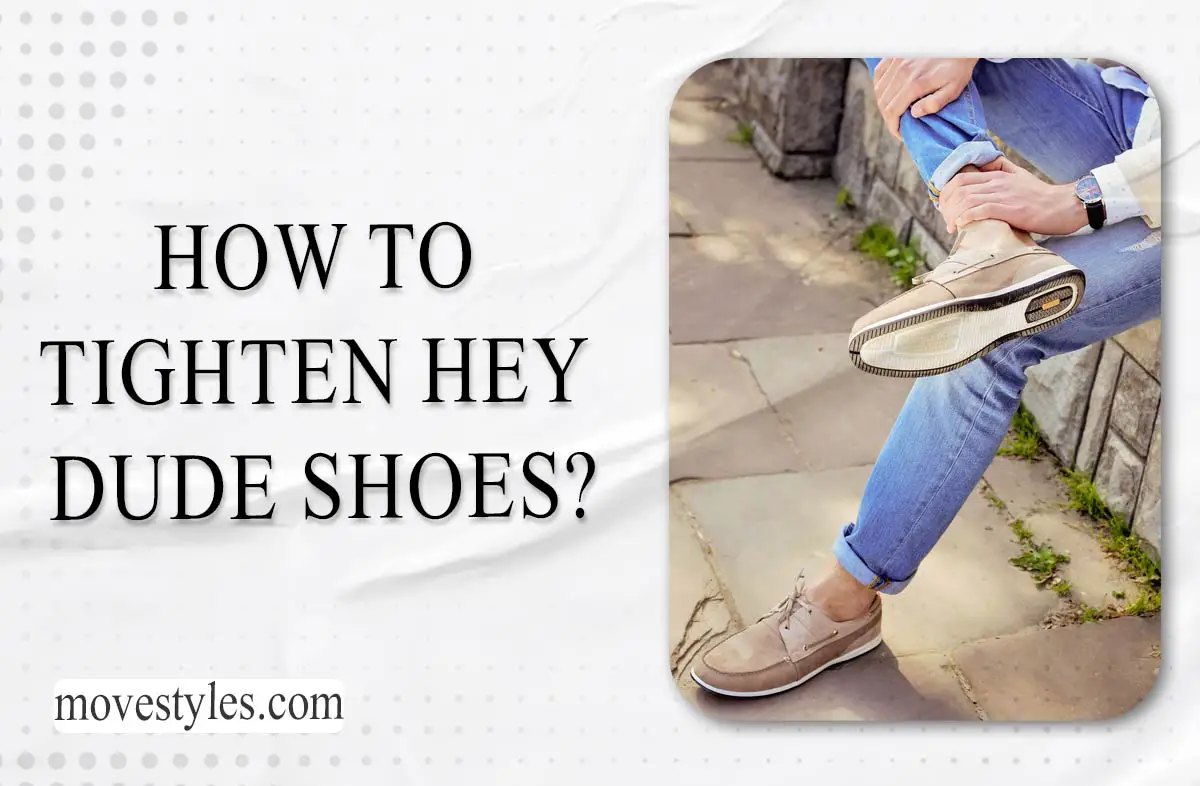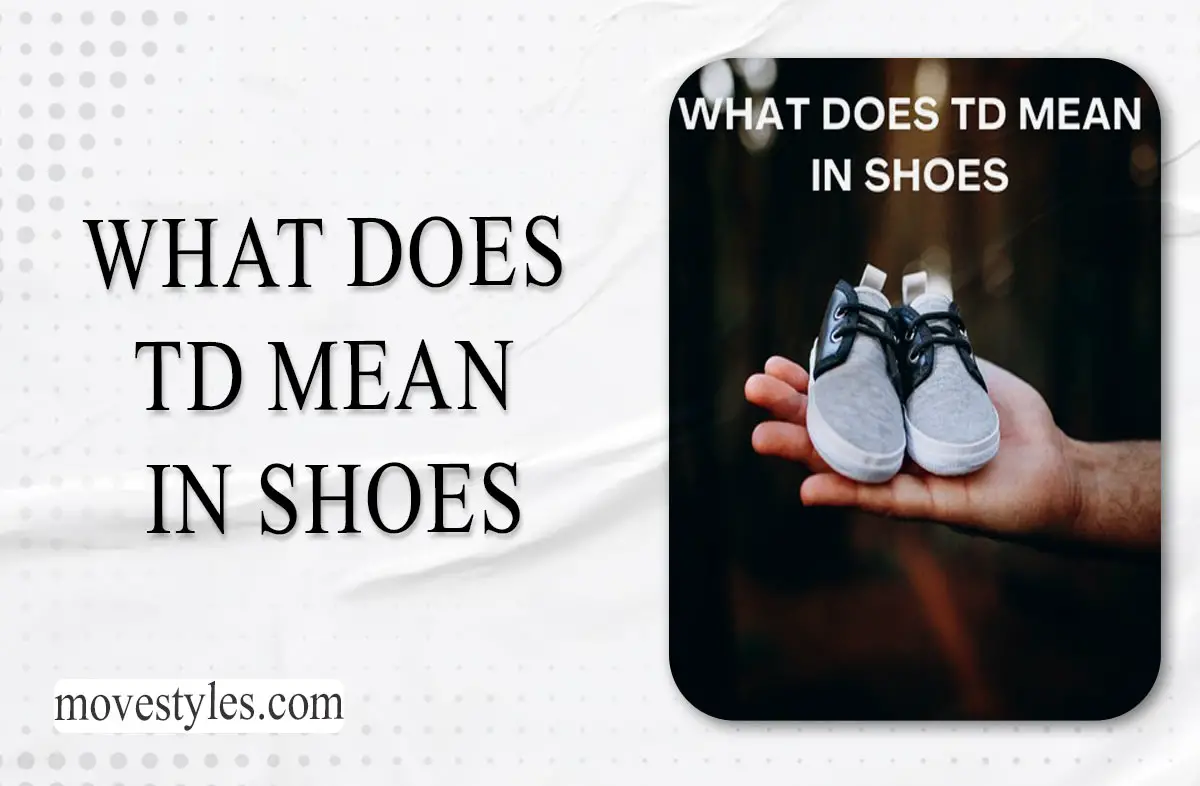Shoes are more than just fashion accessories; they play a crucial role in maintaining foot health and overall well-being. From alleviating discomfort to aiding in recovery, the right shoe choice can make a significant difference, especially when it comes to medical treatment. But are specific shoe types truly recommended for treatment? In this article, we will delve into the world of therapeutic footwear and explore whether certain shoe types are indeed recommended for various medical conditions.
The Importance of Proper Footwear
Before delving into specific shoe types for treatment, it’s important to understand why proper footwear is essential. Our feet bear the weight of our entire body and are subject to various stresses and strains.
Ill-fitting shoes can lead to a range of problems, including blisters, calluses, bunions, and even more severe issues like plantar fasciitis and joint pain.
Properly designed therapeutic shoes can provide support, stability, and comfort, which are often essential elements in managing and treating various foot conditions. These specialized shoes are engineered to address specific concerns and aid in the healing process.
Check Out: Can I wear high heels after surgery?
Diabetic Foot Care
Diabetes is a condition that can have a significant impact on foot health due to reduced blood circulation and nerve damage. Diabetic patients are prone to developing foot ulcers and infections, which can lead to serious complications.
Therapeutic footwear, such as diabetic shoes, are designed to prevent pressure points, reduce friction, and provide extra cushioning. These shoes typically feature seamless interiors, soft materials, and wider toe boxes to accommodate potential deformities. They play a vital role in preventing foot injuries and promoting overall foot health in diabetic individuals.
Orthopedic Concerns
Individuals with orthopedic issues, such as flat feet, high arches, or overpronation, often require specific shoe types for treatment. For instance, people with flat feet require shoes with proper arch support to distribute pressure evenly across the foot. On the other hand, those with high arches may benefit from shoes that offer extra cushioning to absorb shock.
Moreover, conditions like plantar fasciitis and Achilles tendonitis can greatly benefit from shoes with built-in heel support and adequate cushioning. These features help reduce strain on the affected areas, promoting healing and comfort.
In some cases, orthopedic inserts or custom orthotics may be recommended in combination with appropriate footwear to provide tailored support and alignment.
Check Out: Should I Choose Shoes with Arch Support?
Foot and Ankle Injuries
Foot and ankle injuries are common, whether resulting from sports, accidents, or repetitive strain. In such cases, wearing the right shoe type can significantly expedite the healing process.
For instance, ankle sprains often require shoes with a snug fit around the ankle to provide stability and prevent further damage. High-top sneakers or lace-up boots are commonly recommended to minimize movement and facilitate proper healing.
Stress fractures, which are tiny cracks in the bones often caused by overuse, can also benefit from supportive footwear. Shoes with shock-absorbing soles and cushioned insoles can reduce the impact on the injured area, allowing it to heal without undue stress.
The Role of Athletic Footwear
Athletic footwear is not only crucial for performance but also for injury prevention and treatment. Different sports and activities place varying stresses on the feet, requiring specialized shoes to cater to these demands. Running shoes, for instance, come in various types based on a person’s gait and foot arch.
A professional fitting at a specialty store can help determine the ideal shoe for an individual’s running style, potentially preventing injuries and improving overall comfort.
Cross-training shoes are versatile options that offer support and stability for a range of activities. They are particularly useful when recovering from specific injuries, as they provide a balance between cushioning and support.
Conclusion
In the realm of medical treatment, shoes are not just fashion statements; they are powerful tools for promoting healing and comfort. While specific shoe types may not replace medical interventions, they can certainly play a crucial role in managing and treating various foot conditions. From diabetic care to orthopedic concerns and foot injuries, therapeutic footwear addresses specific needs and aids in the healing process. It’s important to consult with medical professionals, such as podiatrists or orthopedic specialists, to determine the most appropriate shoe type for individual conditions. Ultimately, the right pair of shoes can be a step towards improved foot health and overall well-being.
Frequently Asked Questions
Why are specific shoe types recommended for treatment?
Specific shoe types are recommended for treatment because they can provide essential support, comfort, and relief for various medical conditions. Shoes designed for therapeutic purposes are engineered to address specific concerns such as diabetic foot care, orthopedic issues, and injuries. These shoes offer features like proper arch support, cushioning, stability, and shock absorption, all of which contribute to the healing process and the overall well-being of individuals with foot-related health conditions.
How do diabetic shoes differ from regular shoes?
Diabetic shoes differ from regular shoes in several key aspects. Diabetic individuals are prone to foot ulcers and infections due to reduced blood circulation and nerve damage. Diabetic shoes are designed to minimize pressure points, reduce friction, and prevent injuries.
Can wearing the wrong type of shoes worsen foot conditions?
Yes, wearing the wrong type of shoes can exacerbate foot conditions and even lead to new problems. Ill-fitting or inappropriate shoes can create pressure points, cause blisters, aggravate existing conditions like bunions and plantar fasciitis, and contribute to joint pain.






![How To Clean Mud Off Leather Shoes? [Easy Steps]](/uploads/how-to-clean-mud-off-leather-shoes.jpg)